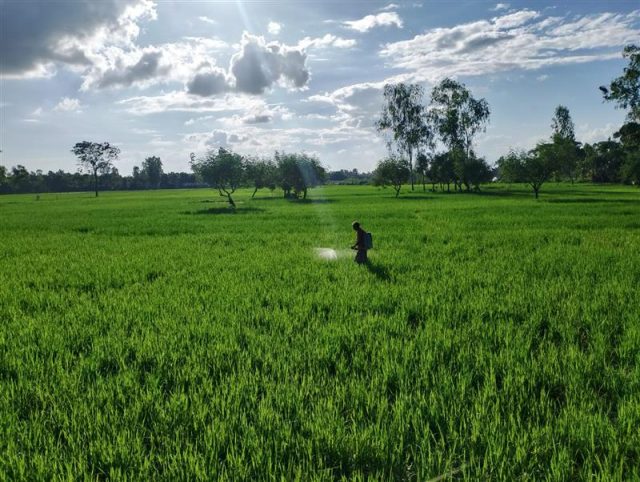The Russia-Ukraine war’s impact on global food markets: A historical perspective
- From
-
Published on
06.04.23
- Impact Area

The Russia-Ukraine war has focused global attention on the key economic roles of those countries play as major exporters of agricultural commodities. Over 2019-2021, they accounted for 12% of global agricultural trade on a kilocalorie basis, with a combined market share of 34% for wheat, 26% for barley, 17% for maize, and 75% for sunflower oil. The war has scrambled this picture, with Ukraine’s exports falling dramatically, and Russia’s falling, then recovering.
While the Black Sea region has historically been a major grain producer, its emergence as a major world exporting region is a relatively recent phenomenon. From the 1970s until the early 2000s—the decades immediately before and after the collapse of the Soviet Union—Russia and Ukraine were net grain importers. This post examines how and why Russia and Ukraine became such important factors in 21st century global food markets—and thus why the war poses a continuing threat to global food security.
Related news
-

Reinventing Kenya’s Snack Future with Dryland Grains
International Crops Research Institute for the Semi-Arid Tropics (ICRISAT)21.11.25-
Nutrition
-
Poverty reduction, livelihoods & jobs
Faces of Impact - Video Feature Story On a quiet backstreet in Mihango, Kenya, the…
Read more -
-

Cultivating climate-smart rice: How specific cultivars and smarter fertilizing can cut emissions and maintain yield
International Rice Research Institute (IRRI)19.11.25-
Climate adaptation & mitigation
-
Food security
By Bushra Humaira Sadaf A team of researchers from the Bangladesh Rice Research Institute (BRRI), I…
Read more -
-

COP30 can enable Greening Plant Nutrition in East and Southern Africa
International Rice Research Institute (IRRI)17.11.25-
Nutrition
Image creditAfrica rice farming by majimazuri21, Pixabay Licence By Jamie Males (republished from …
Read more -
